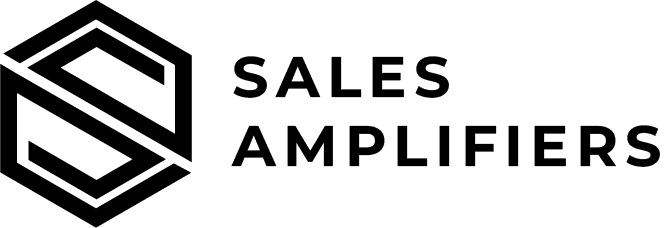- By Noor Ur Rehman
- February 7, 2025
- No Comments
Search Engine Optimization (SEO) implements crucial connecting methods as internal & external linking because they boost website exposure and domain strength and user interaction. When you implement these linking methods with skill your website will achieve substantial improvements in search engine placement results.
Table of Contents
ToggleInternal Linking: Building Your Site's Architecture
Internal links are hyperlinks that connect one page of your website to another page within the same domain. They play a crucial role in establishing your site’s structure, guiding users through your content, and signaling to search engines the hierarchy and relationship between your pages.
Benefits of Internal Linking:
Improved Navigation: Internal links help users seamlessly navigate through your website, leading them to related content and encouraging longer site visits.
Enhanced SEO: By linking to key pages, you distribute “link equity” or ranking power throughout your site, helping search engines understand which pages are most important.
Efficient Crawling and Indexing: Search engines use internal links to discover and index new content, ensuring your pages appear in search results.
Best Practices for Internal Linking:
Use Descriptive Anchor Text: Employ clear and relevant anchor text that indicates the content of the linked page. For example, instead of “click here,” use “learn more about internal linking strategies.”
Link to Relevant Content: Ensure that the linked pages are contextually related, providing additional value to the reader.
Maintain a Logical Structure: Organize your site so that important pages are easily accessible, ideally within a few clicks from the homepage.
External Linking: Connecting to the Wider Web
External links, or outbound links, are hyperlinks that point from your website to a page on a different domain. While it may seem counterintuitive to direct users away from your site, external linking to authoritative sources can enhance your site’s credibility and SEO.
Benefits of External Linking:
Establishing Credibility: Linking to reputable sources supports your content’s claims, building trust with your audience.
SEO Advantages: Search engines view external links to authoritative sites as a sign of quality content, which can positively influence your rankings.
Building Relationships: Thoughtful external linking can foster relationships with other websites, potentially leading to reciprocal links and increased traffic.
Best Practices for External Linking:
Link to High-Quality, Relevant Sites: Choose authoritative sources that complement your content. Avoid linking to low-quality or unrelated sites, as this can harm your credibility and SEO efforts.
Use Descriptive Anchor Text: Clearly indicate what users can expect when clicking the link. For example, instead of “click here,” use “read the full study on SEO best practices.”
Open Links in New Tabs: Configure external links to open in new tabs to keep visitors on your site while allowing them to explore additional resources.
Balancing Internal and External Links:
A well-rounded SEO strategy incorporates both internal and external links. While internal links strengthen your site’s structure and keep visitors engaged, external links build credibility and provide valuable context. Aim for a natural balance that prioritizes user experience and content relevance.
Common Pitfalls to Avoid:
Overloading with Links: Too many links can overwhelm users and dilute the value of each link. Be selective and strategic in your linking.
Using Generic Anchor Text: Avoid non-descriptive anchor text like “click here.” Instead, use specific, relevant phrases that inform the reader about the linked content.
Neglecting Link Maintenance: Regularly check for and fix broken links, as they can harm user experience and SEO performance.
Conclusion
mastering internal & external linking is essential for effective SEO. By thoughtfully implementing these strategies, you can enhance your website’s authority, improve user experience, and achieve higher search engine rankings.




